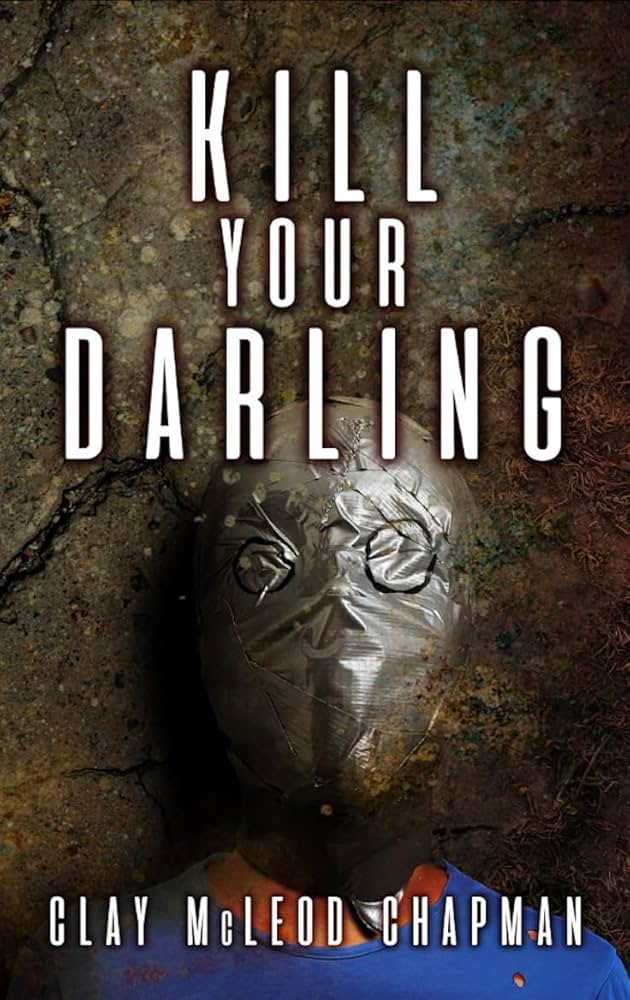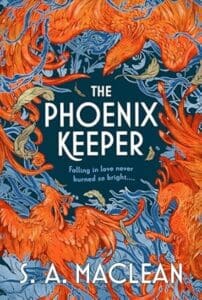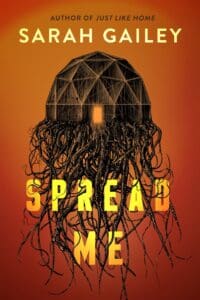
Synopsis:
The body of Glenn Partridge’s 15-year-old son was discovered in a vacant lot nearly forty years ago. The police are still no closer to finding the murderer decades later.
Glenn refuses to let the memory of his son fade—or let anyone else within this small working-class community forget. His long-suffering wife signs him up for an amateur fiction-writing workshop at the local library, just to get him out of the house and out of his own head.
Rule number one: Write what you know—so Glenn decides to share his son’s story. The class offers him a chance to make sense of a senseless crime and find the fictional closure life never provided. But as Glenn’s story takes on a life of its own, someone from the past is compelled to come out of hiding before he reaches…
The End.
Review:
Anyone paying attention to Clay McLeod Chapman’s latest string of bangers should know what they’re in for: seemingly realistic settings skewing into the fantastic, fully fleshed characters trying to deal with the weirdness, and most likely a healthy dose of grief.
Grief horror, or the filtering of the grieving process through the lens of horror, is enough of a trend to have earned itself a name, and there should be nothing too surprising about this. Horror is a cathartic genre, and grief is that true universal catharsis, the horror that will come for all eventually. And if there is a poster boy for the genre, it almost has to be Chapman, a writer who is endlessly adept at entertaining us while bumming us the hell out.
For Kill Your Darling, he leaves a lot of the trappings of his other recent forays behind. There is no ghostly crab child, no haunted telephone booth, not even a hint of the weird or supernatural to help the medicine go down. This is grief unfiltered by artifice.
Or so it seems.
Because Kill Your Darling is really a book about art, about storytelling and its relation to trauma. Glenn Partridge’s attempts to make sense of his teenage son’s brutal murder give shape to the book, and to Glenn’s obsessions. They transform a loose collection of facts, memories, and theories into a grand narrative, a narrative that comes to take the place of his missing son.
When his wife signs him up for a writing course at the local library, this web of ideas and images is forced into something more cohesive, into a narrative, something that necessarily requires a conclusion, or in the language of grief: closure.
It’s a bravura feat, even if the going is rough. From the first pages, the book is brutal in its descriptions of the crime, but that brutality pales before the portrait of a family that has been fractured and settled into a kind of suspended animation for four decades. That Glenn’s story finally shakes up that suspended state can almost be read as a celebration of the power of art.
Almost.
It might also be a diagnosis of the writer, the artist, of all of those who work to shape meaning out of the chaos of the world, obsessively trying to make it make sense, one word at a time, and holding up those rare moments when the pieces seem to come together into something real.







Leave a Reply